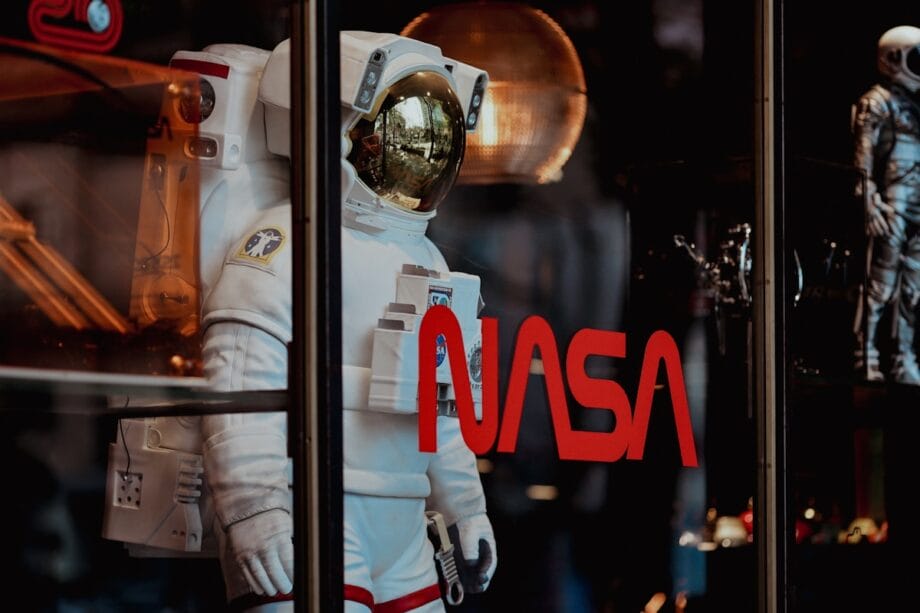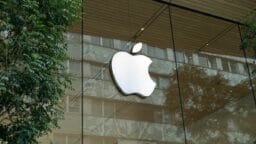Northrop Grumman’s Cygnus XL Successfully Captures International Space Station
Delayed by software complications, Northrop Grumman’s Cygnus XL cargo spacecraft successfully rendezvoused with the International Space Station (ISS) early Thursday morning. Following a momentary delay, the spacecraft completed its mission as the station’s robotic arm latched onto a grapple fixture, finalizing an intricate but eventually triumphant encounter.
This successful capture was achieved after engineers at Northrop Grumman made crucial adjustments to the main engine fault detection software, which had erroneously activated shutdowns during two rendezvous thruster firings earlier in the week.
Once the software adjustments were implemented, it was revealed that the main engine had been functioning correctly all along. The spacecraft navigated to a position just beneath the station, enabling robotic arm operator Jonny Kim, with assistance from Zena Cardman, to achieve a successful capture.
Kim communicated with mission control, stating, “A big congratulations to the NASA and Cygnus teams for a successful Cygnus launch, rendezvous, and capture. Adapting and overcoming unforeseen challenges is something we do at NASA, and I’m proud to be a part of this team.”
In contrast to SpaceX’s autonomous Dragon and the Russian Progress freighters, which are capable of self-docking, the Cygnus spacecraft was designed to be captured by the station’s robotic arm and subsequently pulled in for berthing.
At 7:24 a.m. EDT, following a successful lock onto the Cygnus XL, Kim transferred control of the arm operations to flight controllers at the Johnson Space Center in Houston, facilitating the ship’s berthing at the Earth-facing port of the Unity module.
Northrop Grumman pays homage to influential figures in the space community by naming its cargo ships accordingly. The Cygnus XL is dedicated to shuttle pilot William “Willie” McCool, who tragically perished in the 2003 Columbia disaster.
Mike Fincke, an astronaut who knew McCool from their shared 1996 astronaut class, remarked on McCool’s legacy: “He was a gifted pilot, a devoted crewmate, and a man of profound humility. His life continues to inspire us.”
Fincke added that witnessing a vessel named after McCool arrive safely at the station serves as a poignant reminder of his enduring courage and kindness.
Dina Contella, deputy manager for the space station program at the Johnson Space Center, elaborated, “The Cygnus is packed with consumables like nitrogen, oxygen, food, and toilet parts, along with a considerable number of spare components essential for systems like our urine processor.” She acknowledged the importance of acquiring these supplies due to a significant shortfall experienced over the previous year.

This shortfall was partly a result of damage incurred by a prior Cygnus during its transportation from a European subcontractor to Cape Canaveral, Florida. Consequently, that vehicle remains grounded as analysis and repairs are conducted.
The recent launch of the Cygnus XL marked the inaugural flight of an upgraded variant of the cargo spacecraft, which boasts an additional five feet in length, allowing it to accommodate around 2,600 pounds more cargo than its predecessor.
NASA finances its cargo delivery operations utilizing both Cygnus and Dragon spacecraft. To date, SpaceX has accomplished 32 successful Dragon resupply missions, while Northrop Grumman has executed 21 successful flights, including the current mission.
Bill Spetch, operations integration manager for the space station, noted, “The resupply flights, particularly the invaluable capability that Cygnus offers in transporting a substantial amount of cargo, are essential for maintaining smooth operations and conducting necessary research activities.”
Source link: Cbsnews.com.






